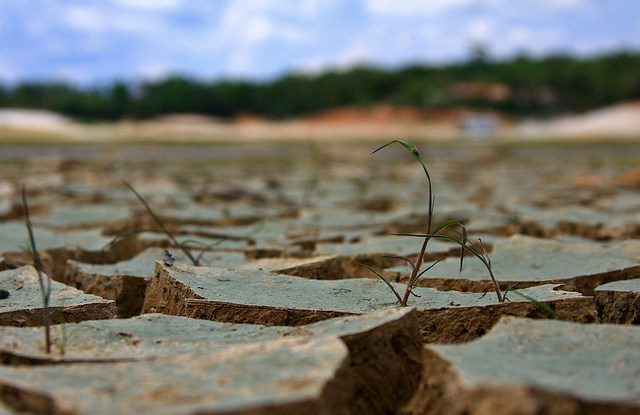The best place to look for clues about potential drought in the Amazon forests of Peru is on the other side of South America, off the shores of Brazil in the Atlantic Ocean, according to scientists.
During the past 10 years, rising sea surface temperatures in the tropical Atlantic have corresponded with lower-than-normal precipitation in the western Amazon, enabling scientists to predict droughts about three months ahead of the July-to-September dry season.
That knowledge can provide enough advance warning for farmers and local government officials to take steps to prevent wildfires and avoid serious damage to forests, property and crops, said scientists working with the Center for International Forestry Research (CIFOR).
“People in the Amazon use fire every year to clear the land for planting,” said Katia Fernandes, an associate research scientist at the International Research Institute for Climate and Society at Columbia University in New York who is working with CIFOR on a study of climate and fire in Peru.
SHIFTING WINDS
“The risk in a drought year is that the fires will escape human control. If policymakers know in advance that the year will be drier than usual, they can relocate firefighting resources to high-risk places and educate people not to light fires if there will be several days in a row without rain.”
The Atlantic Ocean affects rainfall in the western Amazon because of the Intertropical Convergence Zone (ITCZ), a band of clouds around the planet where trade winds from the northern and southern hemispheres come together. The westward-blowing winds carry moisture from the ocean that falls as rain over the Amazon Basin. The ITCZ generally circles the globe near the Equator, but when sea surface temperatures rise in the north tropical Atlantic Ocean off the coast of Brazil, the zone shifts northward.
The change causes rains to fall farther north and leads to such droughts in Peru and western Brazil as the ones that struck in 2005 and 2010, Fernandes said. In the western Amazon, rainfall is generally lowest — and the risk of wildfire is highest — between July and October.
Fernandes and her colleagues, including CIFOR scientists Miguel Pinedo-Vásquez and Christine Padoch, found that by measuring sea surface temperatures in April, May and June, they could predict whether the dry season would be drier than usual.
The difference between sea surface temperatures in the northern and southern regions of the tropical Atlantic Ocean may be an even stronger indicator, Fernandes said, adding that. the greater the temperature differential, the higher the likelihood of drought.
The scientists are still testing prediction models to determine how much of the variation in sea surface temperature is caused by natural cycles, and how much could be due to climate change. Their goal is to provide more precise information for farmers and government officials.
To be successful, they must understand climate trends and variability, because temperatures and precipitation vary from year to year, as well as in longer cycles of a decade or more.
As part of a CIFOR project, Fernandes is now studying how those cycles are related, not only in the western Amazon basin, but also in other tropical regions, including western Borneo, West Africa and India’s western Ghats region.
For further information on the topics discussed in this article, please contact Miguel Pinedo-Vasquez at m.pinedo-vasquez@cgiar.org
This work forms part of the CGIAR Research Program on Forests, Trees and Agroforestry.
We want you to share Forests News content, which is licensed under Creative Commons Attribution-NonCommercial-ShareAlike 4.0 International (CC BY-NC-SA 4.0). This means you are free to redistribute our material for non-commercial purposes. All we ask is that you give Forests News appropriate credit and link to the original Forests News content, indicate if changes were made, and distribute your contributions under the same Creative Commons license. You must notify Forests News if you repost, reprint or reuse our materials by contacting forestsnews@cifor-icraf.org.

